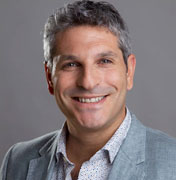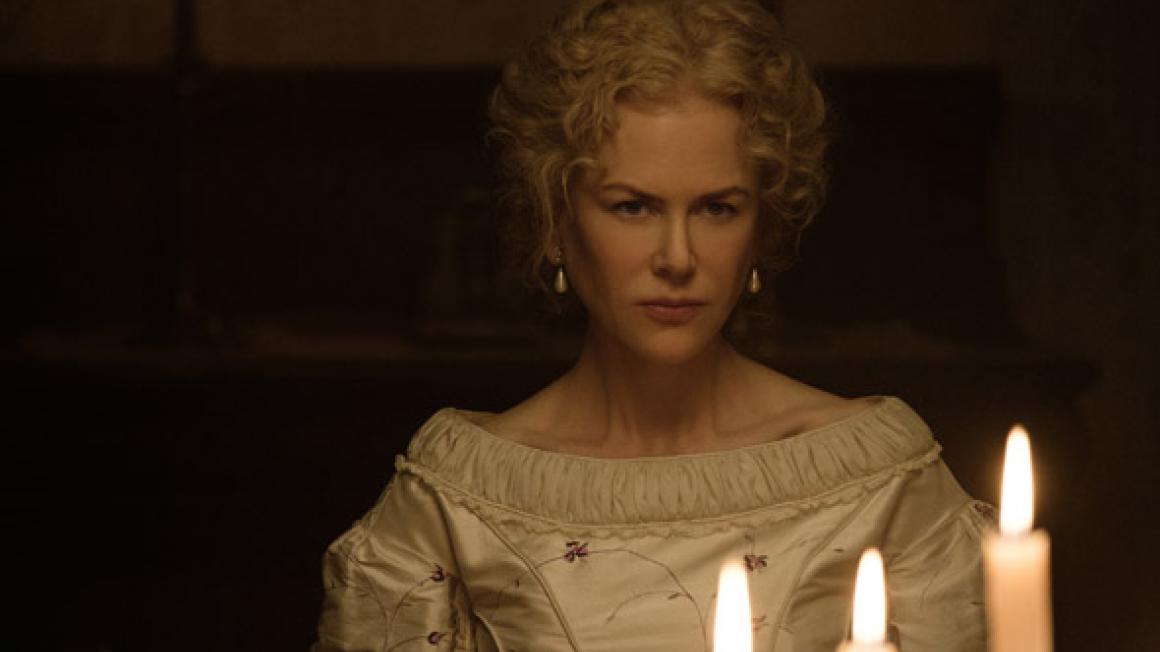Cannes round-up
Such is the blend of severe art house and commercial trashiness on the Croisette, a delicate mix Cannes has been getting just about right for 70 years now. This year was typical and indeed typified by Nicole Kidman who was in four major projects premiering in the Palais des Festivals.

Cannes needs movie stars like Nicole, a bit of old-school glamour, and she certainly dutifully worked her red-carpet moments. The films, maybe not so much. With four shots at it, you’d have thought Kidman would be at least coming away from Cannes with a bit of Oscar buzz adding to her aura, yet nothing here suggests a return to such summits.
She was good in Sofia Coppola’s The Beguiled, but hardly the main turn in an enjoyable, beautiful- looking drama about Colin Farrell’s wounded soldier holed up in a women’s seminary, run by prim Kidman. She was frankly dreadful in the utterly useless British film How to Talk to Girls at Parties, about some punk-loving kids in 1977 Croydon and a sci-fi cult.
Her art-house gamble was to be in Greek auteur Yorgos Lanthimos’s The Killing of a Sacred Deer, again with Farrell – the problem being Lanthimos is such an ego that the stars are just pawns in his cruel cinematic game. So that left Kidman’s turn in Jane Campion’s TV show Top of the Lake, which you’ll see on BBC2 soon and, interesting as it may be, hardly smacks of Hollywood stardom.
What was good at Cannes 70, then? I liked the Russian movies best, which I know isn’t going to get you excited. There was one called Loveless, about a couple in a bitter divorce having to work together (or try to) when their 12-year-old son goes missing. It was brilliant, a bitter portrait of modern Russian society. So was Sergei Loznitsa’s A Gentle Creature, amazing in parts, following a quiet woman who travels to a lawless Siberian prison town to try to find her husband. It was genius, but then had a terrible ending which undid all the good work.
The only star I can think of who walked away boosted by Cannes would be Dustin Hoffman, who is terrific in a comedy called The Meyerowitz Stories. He plays the once-feted artist head of a dysfunctional New York family, which includes a funny Emma Thompson as his second wife, always undercooking the big meal, and Adam Sandler and Ben Stiller as simmering sibling rivals. Very enjoyable yet also bittersweet, it’s a happy film about misery.
Michael Haneke was here with Happy End, a sort of upmarket soap opera directed by a haughty dispassionate God, about a crumbling haute bourgeoise family in Calais, starring Isabelle Huppert and Jean-Louis Trintignant. It is pitiless in its gaze, but not a lot of fun, even if Toby Jones is in it.
For younger fans – and boy does cinema need younger fans interested in more that just another superhero movie – Robert Pattinson came off well in stylish US indie movie Good Time, delivering the best performance of his young career as an edgy bank robber on the run through one frantic New York night, trying to find his mentally handicapped brother and get $10,000 for his bail.
What I shall remember and cherish most, however, is Agnès Varda’s freewheeling documentary Visages Villages. The ‘godmother’ of French cinema is 89 years old but still a force of nature and sparkling with impish wit. Her film finds her travelling around France in the company of a slightly annoying young artist/photographer called JR, but she rules him completely as they engage entire communities in art projects, sticking giant photos of people over buildings. It’s a film about belonging and togetherness, and it made my heart soar.


